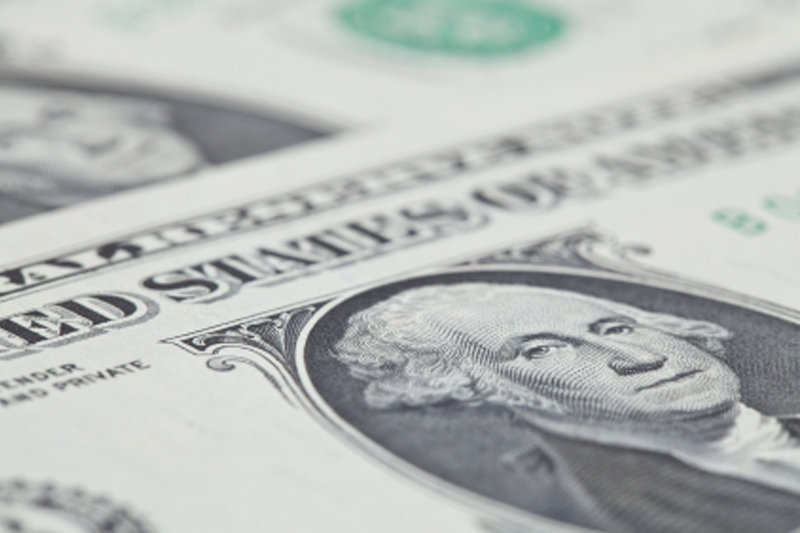Michigan survey ahead; Applied Digital surges; gold dips - what’s moving markets
Investing.com--The U.S. dollar jumped Monday, but further gains are likely to prove challenging particularly against major European currencies, BofA said, pointing to growing bearish quant signals that suggest pain ahead in the wake of Federal Reserve Chair Jerome Powell’s dovish remarks at the recent Jackson Hole Symposium.
The US Dollar Index, a measure of dollar strength against a basket of six major currencies, jumped 0.6% to 98.205.
“USD downtrend continuation signals have broadened, and positioning analysis is bearish USD vs EUR/USD, GBP/USD, CHF/USD, and SEK/USD,” BofA strategists said in a recent note. This shift reflects growing skepticism about the dollar’s strength as investors recalibrate amid changing economic conditions and policy outlooks.
This comes as Powell hinted at potential easing in the near future as the balance of risks have shifted from upside inflation to downside in the labor market.
"With policy in restrictive territory, the baseline outlook and the shifting balance of risks may warrant adjusting our policy stance," Powell said in remarks at Jackson Hole on Aug. 22.
The shift from Powell weighed on the dollar, prompting technical and positioning indicators to favor European currencies.
The British pound, Swedish krona, and Norwegian krone are likely to benefit from pressure on the dollar , according to Bank of America’s cross-asset regime-switching, or CARS, model, which showed bullish signals for these European currencies against the dollar.
But it isn’t just European FX that’s likely to capitalize on the dollar weakness. Emerging market currencies such as the Mexican peso, Brazilian real, and South African rand also present gains against the dollar, aligning with the broader trend, the strategists added.
Powell’s Jackson Hole remarks offered a significant hint toward monetary easing, tilting sentiment against the dollar in European markets. As markets digest these signals, the interplay of quant models, technical levels, and Fed guidance suggest a more cautious dollar trajectory in the months ahead.
